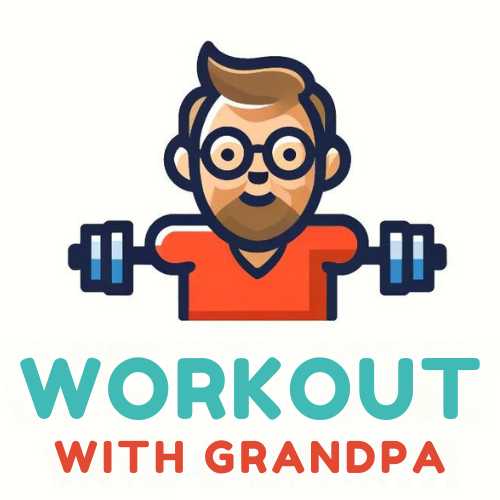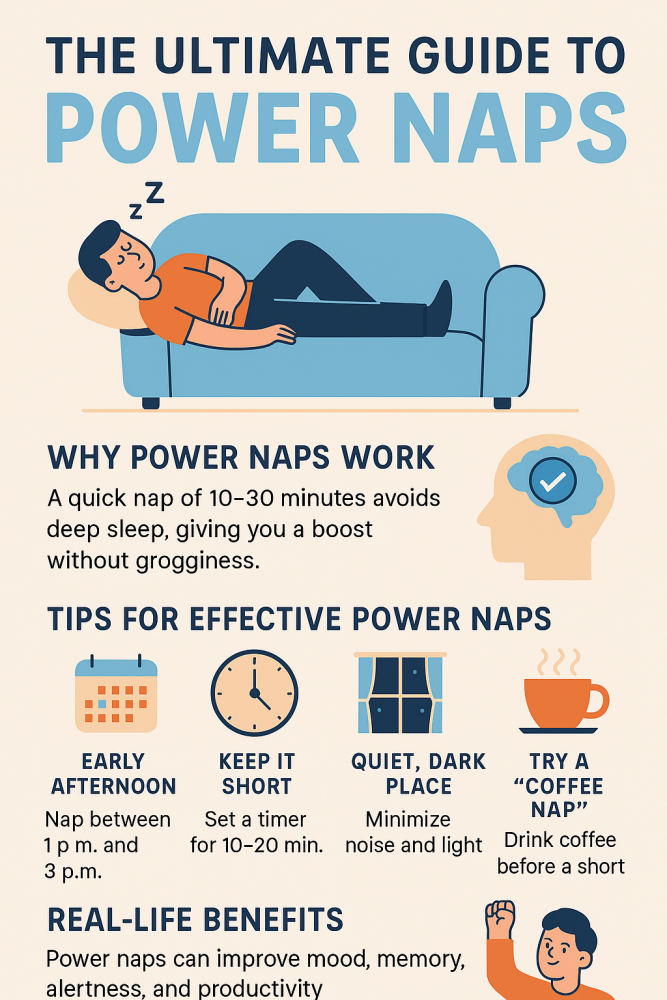Question from the Live Stream
This title of this article came from a question during one of my live stream workouts.
Switching up your workout routine can be a game-changer for maximizing both growth and strength gains. Your body’s designed to adapt, which means sticking to the same exercises could eventually slow your progress. Understanding how often and why to adjust your workouts is essential if you want to keep smashing through fitness goals.
The human body reacts remarkably to the stress produced by exercise, but over time, these reactions plateau. This plateau is a signal that your muscles have fully adapted to your current routine, leading to a slowdown in progress despite consistent effort. This adaptation is a call to mix things up and keep your muscles guessing through varied exercises and training styles.
With a people-first approach, the key is to recognize when your body needs a change and how different workouts contribute to continued success. This not only enhances fitness results but also keeps things fresh and engaging. Remember, a strategic shift in your exercise regimen isn’t just about making changes for the sake of it—it’s about intelligent and purposeful tweaks to avoid stagnation and keep progressing.
Crafting an effective workout strategy involves understanding muscle growth patterns, which can vary significantly from person to person. Getting insights from fitness professionals, along with your observations, plays a pivotal role in making informed decisions about when and how to alter your training plan. With the right changes at the right time, you’re setting the stage for continual improvement.
This article’s designed to help guide you on this journey of workout optimization. It’ll provide practical tips, expert insights, and solid advice to aid in keeping your fitness journey dynamic and rewarding. Whether you maintain a regular routine or love switching things up, knowing when to shift the gears can set new benchmarks in your training progress.
Determining the Optimal Time to Change Your Workout Routine

Figuring out the best time to switch your workouts can make all the difference in your strength and growth gains. While there isn’t a one-size-fits-all timeline, there are some general guidelines you should keep in mind. Consider your fitness goals and experience level to tailor the timing just right.
For beginners, adapting your routine might not be the immediate priority. Focus on developing a solid foundation first. As muscles become more conditioned, introduce gradual changes every eight to twelve weeks. This timeline helps keep muscles responsive without risking overtraining. Experienced athletes or those aiming for specific targets, like bodybuilding or weightlifting, should look out for signs of stagnation much sooner. Shifts every six to eight weeks are more typical in this scenario.
Listening to your body’s feedback is critical. A noticeable decrease in performance or loss of motivation can indicate it’s time to update your routine. Research involves keeping track of your workout progress and being honest about the results or lack thereof. Top trainers suggest being proactive rather than reactive, using performance metrics to decide when change is needed.
Also, consider seasonal and lifestyle changes that might affect your workout capacity. Any shift in work schedules, diet, or training environment can signal a need to reassess your routine. The aim is to ensure the workout continues to fit well into your life and remains an effective tool for growth.
It also helps to look at what the experts say. Various studies have demonstrated that variety in workouts contributes to hypertrophy and overall engagement, so mixing up the frequency, intensity, volume, and type of exercises can revitalize progress. Keep informed by checking peer-reviewed journals and advice from certified fitness professionals to guide your routine adjustments.
Ultimately, there’s no magical number of weeks for everyone. It’s about balancing between consistency and change, ensuring that your training methodically evolves with your fitness journey.
Key Indicators to Revamp Your Current Regimen
Recognizing when it’s time to change your workout routine is a vital skill for anyone serious about their fitness journey. There are specific signs to watch for that suggest you’re no longer getting the maximum benefit from your current regimen. One of the clearest signals is hitting a plateau where progress stalls despite consistent effort.
Plateaus often manifest as persistent stalls in strength gains or muscle growth. If you’ve been lifting the same weights for weeks without an increase, you may have hit such a plateau. Additionally, if your workouts no longer leave you feeling challenged or fatigued, it might be time to shake things up.
Another indicator is a visible decline in workout enthusiasm. A routine that once motivated you but now feels mundane can be a red flag. Exercise should be rewarding both physically and mentally, so if it’s starting to feel like a chore, it’s likely time for a change. Keeping workouts interesting can reignite your drive, making progress more achievable.
Overuse injuries or persistent soreness beyond normal recovery could also hint at the need for adjustments. These issues might indicate that your body isn’t recovering properly between workouts, often due to repetitive stress from the same movements over time. Diversifying your exercise selection helps distribute the stress more evenly across different muscle groups, promoting better recovery.
Expert advice often emphasizes the importance of periodic assessment. Perform regular checks on your progress with fitness tests and self-assessments. Personalized feedback from a knowledgeable trainer can provide valuable insights that numbers might miss, helping you target stagnation and identify opportunities for growth.
So, tune into your body’s signals and keep an open mind about altering your routine. Staying adaptable ensures you keep progressing, making your fitness journey both fulfilling and enjoyable.
Age Considerations in Workout Modifications
Age plays a significant role in how our bodies respond to exercise, which means workout routines should evolve as well. With each life stage, different physical changes and recovery processes can impact how often and how intensely we train.
Younger adults typically recover faster and can handle more frequent changes in their routines. This makes it easier to integrate variety, boosting results through periodic increases in intensity and complexity. Having fun with diverse exercises and pushing limits aligns well with youthful energy and resilience.
As we age, however, the risk of injuries increases and recovery times lengthen. For those in middle age, incorporating low-impact exercises and adjusting intensity can help maintain strength while minimizing strain. It’s essential to stay mindful of joint health, incorporating proper warm-ups and cool-downs into sessions.
For older adults, maintaining flexibility, balance, and strength remains crucial. Variation is still key, but with a focus on gentler exercises that prioritize functional movement. Strength routines should be balanced with activities like yoga or Tai Chi, which can help with stability and coordination.
Listening to your body is crucial. Pay attention to how you feel during and after workouts. This self-awareness helps in making the right choice about when to modify exercises and schedules. Celebrating small victories and gradual progress becomes even more important with age.
Consulting healthcare professionals or experienced trainers when unsure is a smart move. They can offer personalized advice tailored to your age and physical condition, ensuring workout routines are both safe and effective.
Incorporating Authoritative Resources for Routine Planning
Finding credible resources is crucial for developing a well-rounded workout routine that maximizes gains. The fitness world is full of advice, making it important to pinpoint reliable information that aids in crafting effective strategies.
Academic journals are a goldmine for researched-based evidence. Publications like the Journal of Strength and Conditioning Research offer insights into effective training techniques. These sources back ideas with data, giving you a scientific edge over mainstream fitness trends.
Trusted certification bodies such as the American Council on Exercise or the National Academy of Sports Medicine publish guidelines reflecting the latest in exercise science. Their recommendations are crafted by experts and provide a stable foundation upon which to structure your routines.
Online platforms with guest content from certified professionals are valuable, too. Seeking out articles or posts from experienced trainers can offer real-world applications of academic findings. It’s a good practice to verify the author’s credentials and look for reviews or community feedback.
Avoid relying solely on anecdotal evidence found in popular media. Although it might seem appealing, it’s important to remember that such advice isn’t tailored to individual needs or scientifically validated. Balancing this information with authoritative sources helps forge a clear path forward.
Staying updated with fitness innovations and research keeps your routine fresh and effective. Subscriptions to journals, newsletters from reputable fitness organizations, or registered forums provide continuous learning and adaptation opportunities.
Getting into the habit of tapping into these resources not only enriches your exercise planning but ensures that the approaches you use are informed and beneficial. This way, as you aim for growth and strength, you’re backed by knowledge as much as effort.
The Role of Personalization in Effective Workout Routines
One size definitely does not fit all when it comes to workout routines. Personalization is the cornerstone of effective exercise planning that ensures routines meet personal growth and strength targets. While drawing on scientific principles is smart, blending this knowledge with personal experiences lets you create a routine that resonates on an individual level.
Begin by setting clear, measurable goals that are meaningful to you. Whether it’s lifting a certain weight, improving endurance, or increasing flexibility, having concrete objectives gives your workouts focus and purpose. Use these goals to guide the adjustments needed in your regimen.
Listen to your body closely and make choices based on what feels right. If morning workouts leave you energized for the day, embrace it. Alternatively, if you find peak performance in the evening, tailor your schedule accordingly. Personalization is about honoring how your body naturally responds.
Utilizing technology, such as fitness trackers, apps, and virtual coaches, can help tailor workouts to fit evolving needs. These tools offer real-time feedback that aids in refining exercise sessions while also keeping you motivated and accountable.
Consult peers with similar interests or join communities of like-minded individuals. Sharing experiences and insights not only enriches your fitness journey but also provides support when assessing what works best for you.

Personalized routines enhance consistency by keeping workouts engaging, practical, and challenging without being overwhelming. As you design your routine, remember to celebrate the small wins and adjust strategies as needed. This flexibility ensures a dynamic and rewarding path towards your fitness goals.
With great questions come great answers:
- Exercise frequency and variety both play a role in improving your health.”
- Learn more about my workout style in the intro to Workout With Grandpa.
- Switching things up helps—read how to keep your workouts fresh and fun.







Leave a Reply